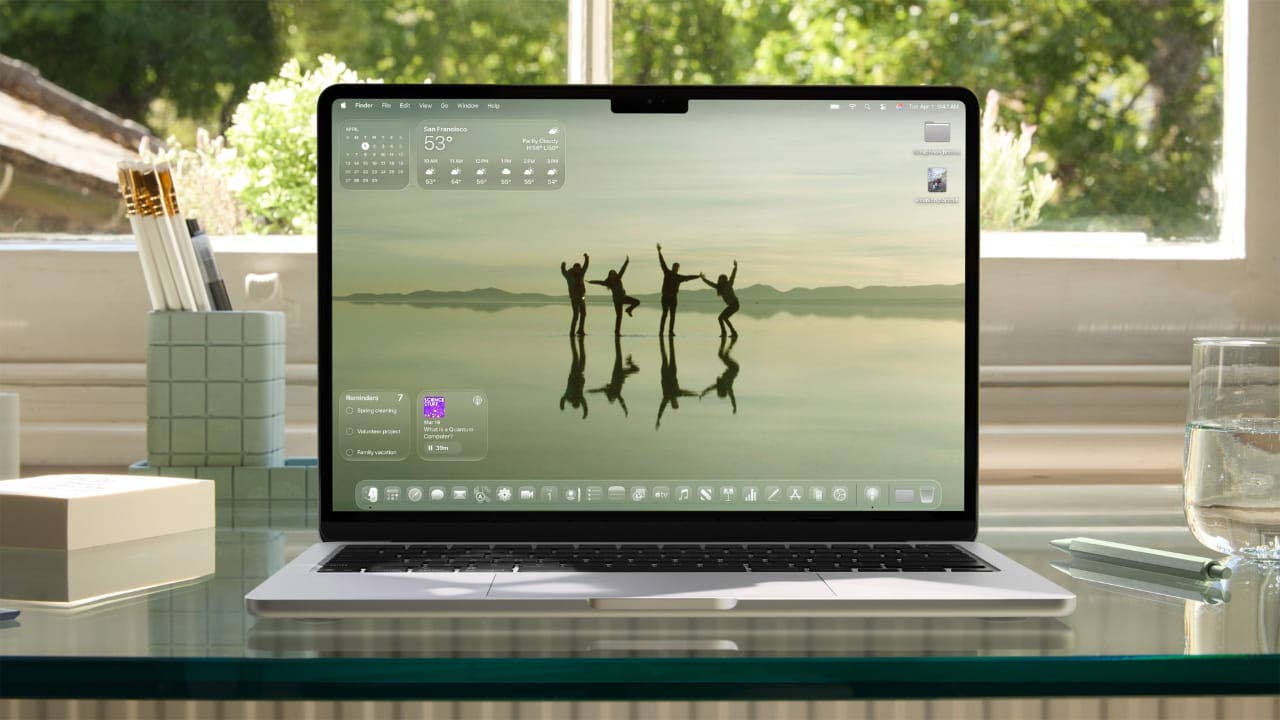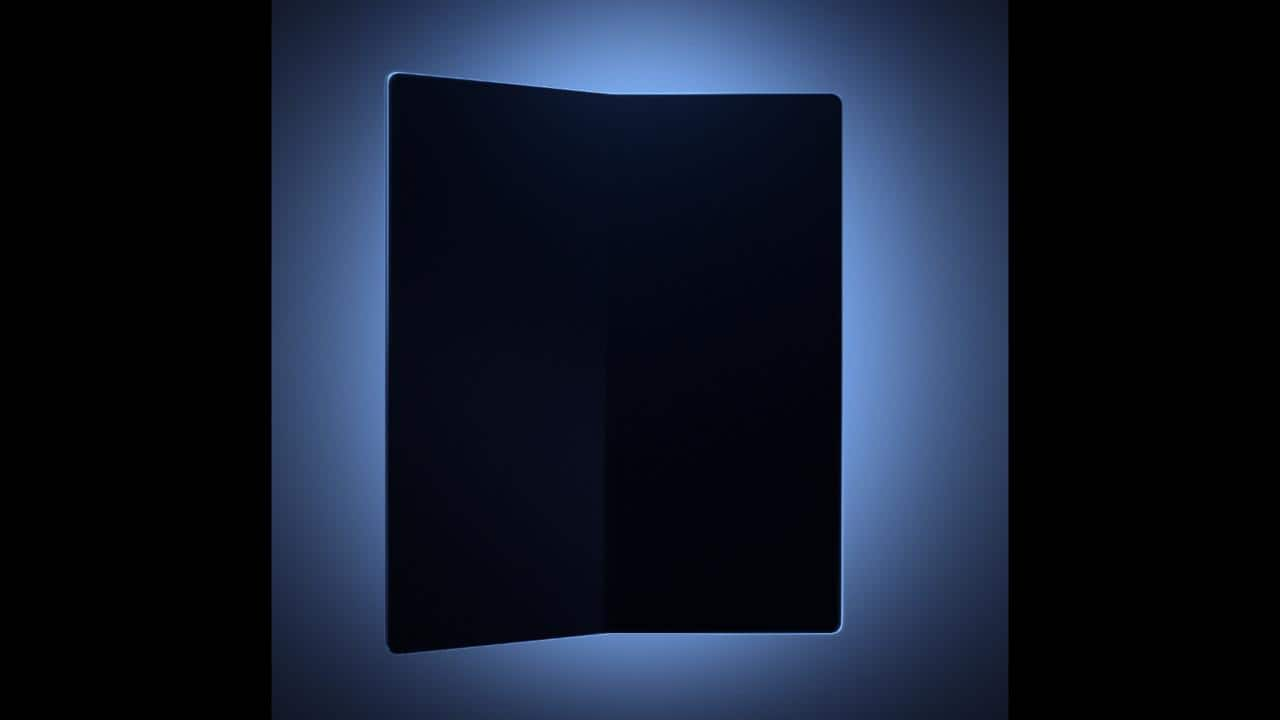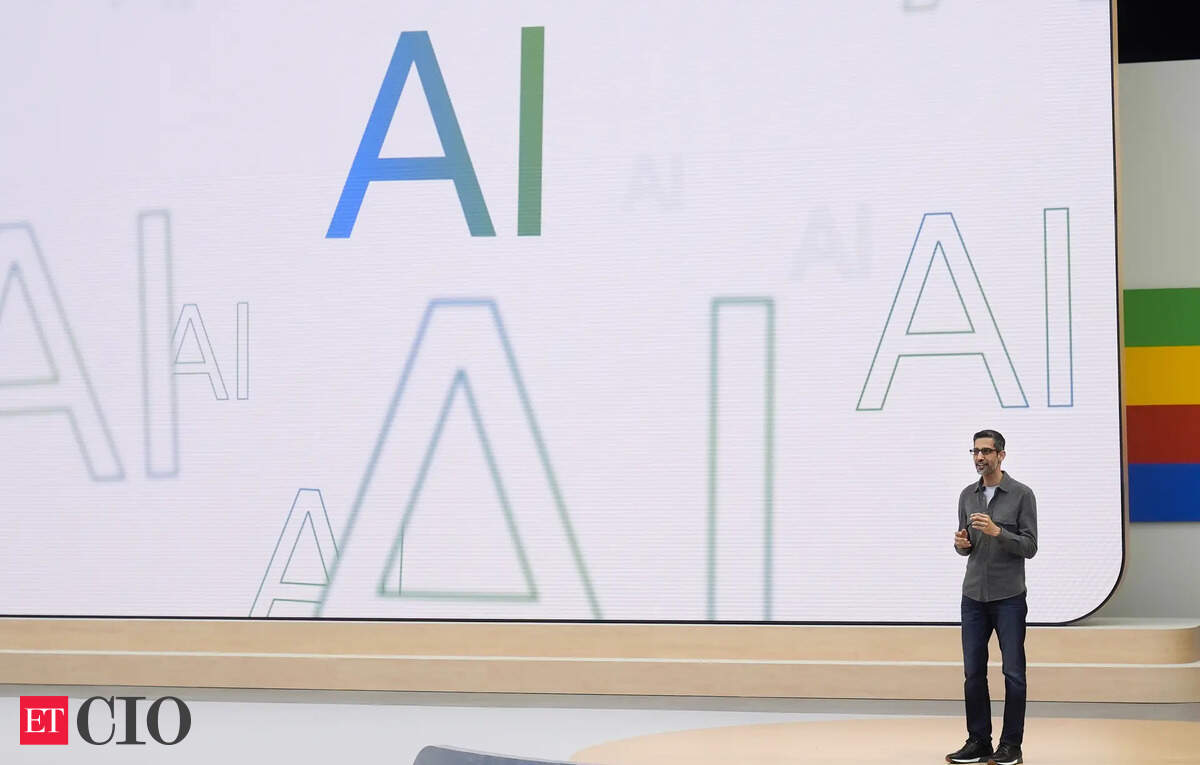Apple Unveils iOS 26 with 'Liquid Glass' Design Amid AI Feature Scrutiny

Apple's annual Worldwide Developers Conference (WWDC) for 2025 kicked off with a slew of major announcements, primarily centered around new software versions for its ecosystem. A significant shift this year is the introduction of a unified naming scheme, with every software version now adopting a "26" suffix. This means users can anticipate iOS 26, macOS 26, iPadOS 26, watchOS 26, tvOS 26, and visionOS 26, with these updates slated to arrive in late 2025. This new naming convention, using the year after release, aims to simplify tracking compared to previous versioning like iOS 19 or macOS 16.
The headline feature across these new operating systems is the introduction of a new design language dubbed "Liquid Glass." This aesthetic, reportedly inspired by the visionOS interface, aims for "a more expressive and delightful experience across the system while maintaining the instant familiarity of iOS." Apple describes it as combining "the optical qualities of glass with a fluidity only Apple can achieve, as it transforms depending on your content or context." The Liquid Glass design utilizes translucent materials, subtle animations, and real-time rendering to create a sense of depth, clarity, and dynamic reaction to user content. Some observers have noted a nostalgic resemblance to the glossy effects of the old Windows Vista. This design overhaul is evident on the lock screen, where notifications become more translucent allowing the wallpaper to feature more prominently, as well as on the home screen and within various built-in applications. However, initial user reactions have been mixed, with some expressing concerns about readability and others drawing comparisons to existing design languages.
For iOS 26 and iPadOS 26, the Liquid Glass design brings a fresh look. Several core iOS apps have received noticeable redesigns. The Camera app now appears cleaner and easier to navigate. Safari introduces updated tab management and new browsing tools. The Phone app moves to a unified layout, combining Favorites, Recents, and Voicemails, and introduces Call Screening and Hold Assist features, with controls comfortably placed at the bottom. Messages also gets enhanced with features like custom backgrounds for conversations, quick polls in group chats, better categorization of spam, and the ability to create custom Genmoji. Apple Music listeners can look forward to lyric translation, lyric pronunciation assistance, and an AutoMix feature for seamless song transitions. Apple Wallet is also expected to be easier to use, and Apple Maps will feature improvements in storing recently visited places.
iPadOS 26 aims to bring more Mac-like power to the iPad. It introduces new windowing capabilities allowing users to resize app windows, place them anywhere on the screen, and open more windows simultaneously. Further enhancements include a more precise mouse pointer, a new menu bar for quick app commands, and the integration of a version of the Mac’s Preview app for viewing and annotating images and files.
macOS 26, named Tahoe and succeeding macOS Sequoia, also embraces the Liquid Glass design, revamping the Dock, toolbars, app icons, widgets, and system colors with a translucent, glass-like appearance. A dedicated Phone app, working with a paired iPhone via Continuity, will combine Favorites, Voicemails, Call Screening, and Hold Assist. Live Activities from the iPhone, such as tracking an Uber, will now appear in the Mac menu bar. Spotlight search receives its biggest update yet, enabling users to run Shortcuts and actions within the current app, use quick keys for faster commands, and function as a mini launcher that prioritizes results, including apps mirrored from an iPhone.
Under the banner of "Apple Intelligence," the company announced several AI-driven features, including the integration of OpenAI's ChatGPT (specifically GPT-4o) into system-wide functionalities. This allows for smarter writing suggestions and Siri enhancements, where Siri can request assistance from ChatGPT for queries it cannot handle, but only after explicitly asking for the user's permission each time. Users can access ChatGPT within apps like Mail and Notes to generate summaries, compose replies, or brainstorm content. Apple emphasized robust privacy protections for this integration, including obscuring IP addresses and not sharing personal data unless a user connects their ChatGPT account. ChatGPT's capabilities also extend to creative tools like Image Playground for generating images in various styles, and to Visual Intelligence features, allowing users to ask ChatGPT about content on their screens. Alongside ChatGPT, Apple Intelligence includes on-device foundational models for privacy-preserving AI tasks such as notification summaries, text rewriting, and app actions. Other AI features include Live Translation across Messages, FaceTime, and the Phone app (a feature noted to have been available on Android for some time), and a fitness tool called Workout Buddy that uses an AI-generated voice for spoken encouragement. Personalized suggestions, like adding calendar events from emails, and shortcuts for the Writing Assistant or Image Playground, are also part of the Apple Intelligence suite.
Despite these introductions, Apple's AI features announced at WWDC 2025 were perceived by some as taking a backseat, feeling "subpar" or "duller" compared to recent advancements from competitors like Google, Microsoft, and OpenAI. Notably, major upgrades to Siri were absent. Craig Federighi, Apple's senior vice president of software engineering, stated that work on making Siri more personal needed more time to meet Apple's quality standards, with more news expected "in the coming year," hinting at a timeline extending to 2026 at the earliest. Many of the dynamic Siri features promised last year remain unreleased, and the new Siri experience is currently available only in a limited beta on select devices. This slow progress has led to concerns that Apple is lagging in the AI race.
The iOS 26 developer beta is currently live, with a public beta scheduled for July. The full release of these new operating systems, including the Liquid Glass interface, is anticipated in the Fall of 2025, possibly coinciding with the next iPhone lineup. The market reaction has included some criticism regarding the Liquid Glass design's practicality and comparisons to Android 16’s Material 3 Expressive design. Samsung also reportedly poked fun at Apple, alluding to similarities in UI features.
In conclusion, WWDC 2025 brought a significant visual refresh with the Liquid Glass design and a more consistent naming system across Apple's platforms. While there were welcome updates to apps and the introduction of Apple Intelligence with ChatGPT integration, the company's broader AI strategy, especially concerning Siri, appears to be trailing behind the rapid innovations seen elsewhere. Apple seems to be laying the groundwork for future advancements, but for now, its most ambitious AI updates remain on the horizon, widening the perceived gap with its competitors.












